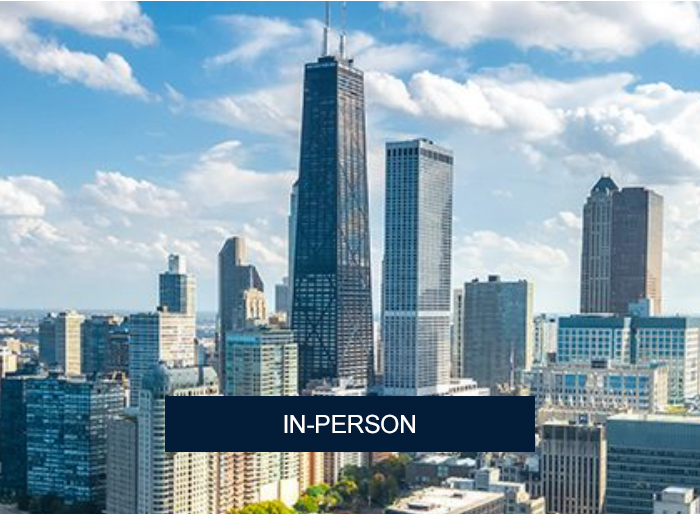2021 consumer panel highlights the impact of wait times on NPS scores
A recent national consumer survey by NRC Health shows that healthcare organizations that backslide on wait times and service recovery will lose customer loyalty and decrease their Net Promoter Scores.
While many factors are essential to consumers being likely to return to the same provider for care, wait times significantly impact unplanned visits.
“Loyalty is certainly impacted by a negative wait time,” says Heather Lannin, Manager of Customer Research for NRC Health. “Wait times are within our top six factors for both scheduled appointments and unscheduled appointments, so even though there are other factors that can be more influential in having a patient come back for care, wait times are one of the big ones that I think are often overlooked.”
Eight Insights Healthcare Organizations Should Consider
Lannin says an interesting finding in NRC Health’s research is that if wait times can’t be shortened or if healthcare organizations can’t meet wait time expectations, there are some key things a provider or hospital can do to help the experience.
- Expertise and personal connection are critical. “Almost three-quarters of respondents said that they would wait longer if they see the best or highest quality provider, if they see a provider they like or get along with, and if that provider has more expertise than others in their area,” Lannin says. “Our research shows there are impactful things that can help with long wait times, if those wait times really can’t be shortened.”
- Front-desk communication helps ease frustration. “74% of respondents said they would wait longer to see a provider whom they’ve previously used in an unplanned visit,” Lannin says. “If patients know they are seeing a medical professional they’ve seen before—who’s familiar with them, who knows their medical history—I think that’s something that needs to be communicated to the patient, because then they will be less frustrated. They are willing to wait longer to receive that care.”
- Understand the wait window and its harsh effects on consumer loyalty. “What interested me most was the difference between planned and unplanned visits and what was defined as a long wait time,” Lannin says. Consumers’ willingness to wait varies for different types of care: they tend to expect 30 minutes or less for scheduled appointments, 45 minutes or less for unplanned visits, and 20 minutes for virtual care.
Additionally, 63% of respondents said that they would choose a new healthcare provider if their provider made them consistently wait too long for appointments, and 33% would choose a new healthcare provider if their provider made them wait too long for just one appointment.
- There is a buffer for unplanned visits, where positive emotions are more salvageable. Positive emotions are more rigid for scheduled appointments. The majority of consumers are anxious/annoyed once a 29-minute wait is surpassed. The “breaking point” of consumers’ anger or unforgiveness is one hour and 15 minutes or longer for scheduled appointments, 1 hour and 45 minutes or longer for unplanned visits, and an hour or longer for virtual visits. This “breaking point” period may jeopardize the effectiveness of service-recovery efforts later.
- Longer waits most negatively impact virtual-care Net Promoter Scores. NPS declines as wait times exceed consumers’ expectations, a fact that’s particularly damning for virtual care. NRC Health’s data shows that expertise and quality time are significant factors in consumers’ willingness to wait; however, the inability to convey these two things through phone and video visits likely helps explain the more substantial negative impact of long wait times in the context of virtual care.
- Make sure that if patients are kept waiting, their providers’ connection and expertise make it worthwhile. Consumers are willing to wait longer for quality—specifically, quality of provider expertise and personality. If wait times cannot be made to meet consumers’ expectations, ensure that their interactions with providers are top-notch. Nearly 80% of respondents are willing to wait, if they know they’re seeing the highest-quality provider.
- Consistency makes consumers willing to wait longer for unplanned visits. This includes seeing a familiar provider and a provider affiliated with the consumer’s preferred hospital, drawing upon the personal connection that’s influential in scheduled visits. In short, consumers are willing to wait for someone who knows them and has ready access to their medical history.
- Gimmicks are not as impactful on service recovery as are transparency, meaningful connections, and comfort level. Again, if wait times cannot be reduced, focus on educating staff about transparency and compassion, and on ensuring that waiting areas are comfortable for patients. The factors that most mitigate customer frustration include comfortable waiting areas, front-desk staff updates on expected wait times, and meaningful connections with the care team around an appointment.
Conclusion: It’s All About Human Understanding
“We’re all human; as consumers, we know things come up,” Lannin says. “But if you can give an explanation for what is going on and why it is happening, most people are going to be receptive to that and just appreciate that you took the time to give that update.”


